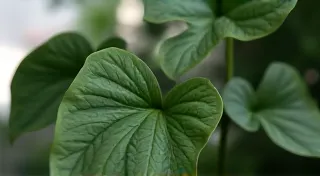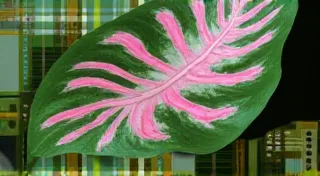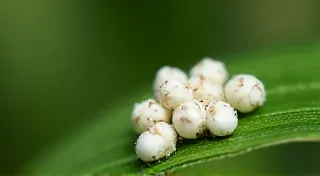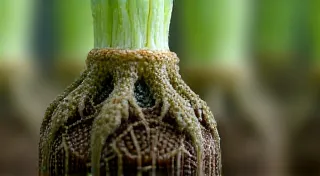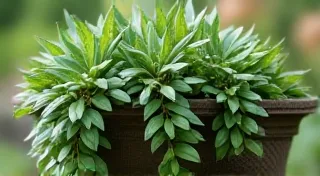Black Velvet Alocasia: Demanding Beauty – A Care Guide
The Black Velvet Alocasia (Alocasia reginula ‘Black Velvet’) is a truly captivating plant. Its almost black, velvety leaves, contrasted by striking white veins, make it a standout in any plant collection. However, its beauty comes with a reputation – this plant is considered demanding and requires specific conditions to thrive. This guide will delve into the unique care requirements of the Black Velvet Alocasia, covering everything from light and humidity to soil and potential problems.
Understanding the Black Velvet Alocasia
Native to Borneo, the Black Velvet Alocasia is a cultivar of Alocasia reginula. Its dark coloration is a result of a genetic mutation that affects chlorophyll production. It's a relatively small plant, typically reaching 6-12 inches in height, making it suitable for smaller spaces. Like other Alocasia varieties, it's a tropical perennial, meaning it goes through periods of active growth and dormancy. Understanding these periods and adjusting care accordingly is crucial to its wellbeing. The plant's sensitivity also extends to its reaction to nutrients, emphasizing the need for a carefully managed fertilizing routine.
Light Requirements
Light is arguably the most crucial factor in Black Velvet Alocasia care. While it enjoys bright light, direct sunlight should be avoided. Direct sun will scorch the delicate leaves, causing unsightly brown spots. The ideal location is a spot with bright, indirect light. An east-facing window is often a good choice, or a spot slightly further back from a south or west-facing window. If the leaves appear dull or are losing their dark color, it’s a sign the plant isn’t receiving enough light. Consider supplementing with a grow light. Providing the right amount of light is only one part of overall care; balancing that with proper fertilization, a sometimes-tricky process for rare plants, is equally important. If you're struggling to find the right balance, it can be helpful to consider broader approaches to fertilizing rare houseplants to ensure your Alocasia thrives.
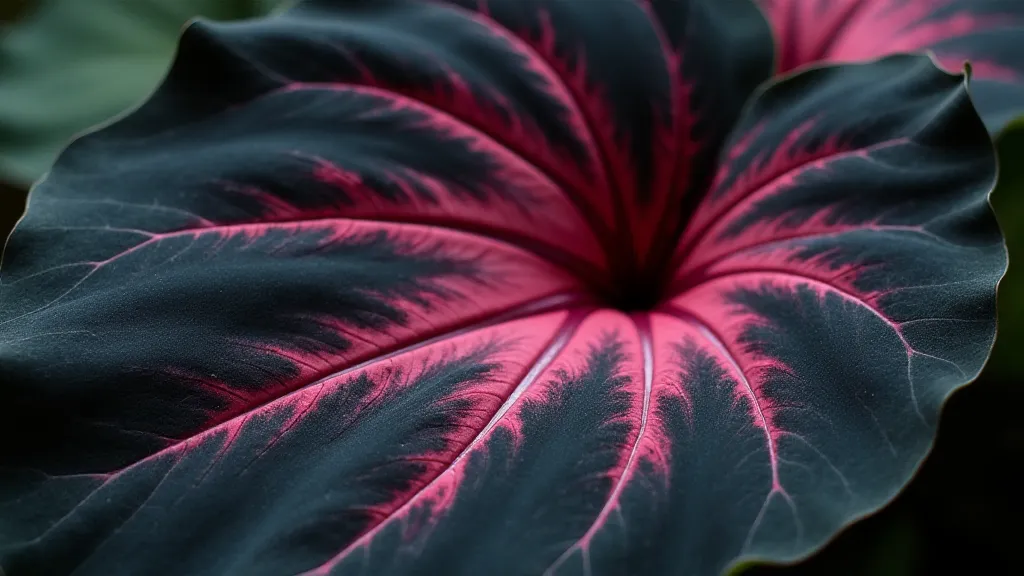
Humidity & Temperature
As a tropical plant, the Black Velvet Alocasia craves humidity. Aim for 60-80% humidity. This can be achieved through several methods:
- Humidifier: A small humidifier placed near the plant is the most effective solution.
- Pebble Tray: Place the pot on a tray filled with pebbles and water (ensure the pot is not sitting in the water).
- Grouping Plants: Grouping plants together naturally increases humidity.
- Misting: While misting provides a temporary boost, it’s not a long-term solution and can potentially lead to fungal issues if done excessively.
Soil & Watering
The Black Velvet Alocasia needs a well-draining, airy soil mix. A good recipe would be:
- 1 part peat moss (or coco coir)
- 1 part perlite
- 1 part orchid bark
Fertilizing
During the growing season (spring and summer), fertilize every 2-4 weeks with a balanced liquid fertilizer diluted to half strength. Do not fertilize during the dormancy period. Over-fertilizing can lead to salt buildup in the soil, which can damage the roots. It's a delicate balance, and understanding the nuances of what different plants require can be complex, particularly when dealing with rare varieties. Even seemingly minor imbalances can lead to major problems, so a thoughtful and informed approach to fertilization is key. The allure of unique foliage colors and patterns often draws plant enthusiasts to rare varieties, and sometimes those features are a direct result of genetic variations influencing nutrient uptake and processing.
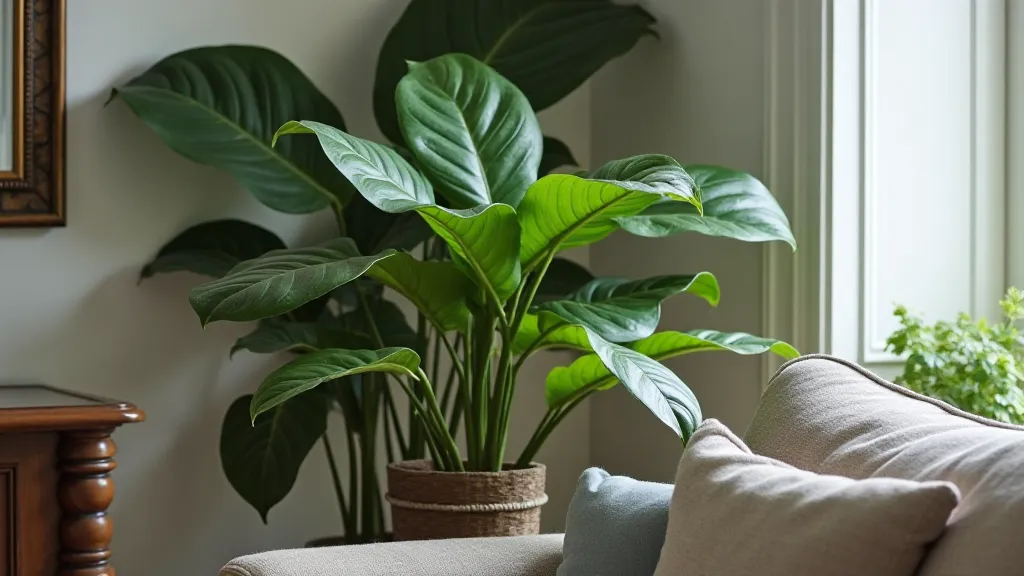
Propagation
Black Velvet Alocasias are notoriously difficult to propagate from seed. Propagation is usually done through rhizome division during repotting. Carefully separate the rhizome into sections, ensuring each section has roots and a node. Pot each section in its own pot with the same soil mix described above. Keep the humidity high and the soil consistently moist until new growth appears. Successful propagation relies on creating optimal conditions that mimic the plant's natural environment, underscoring the interconnectedness of light, humidity, and soil moisture. Maintaining these conditions is particularly important when working with challenging-to-propagate species. The quest for propagation is often driven by the desire to expand collections and share the beauty of these unique plants with others.
Common Problems & Pests
Root Rot: The most common problem, usually caused by overwatering and poor drainage. Preventative measures include using a well-draining soil mix and allowing the soil to dry slightly between waterings.
Spider Mites: These tiny pests thrive in dry conditions. Regularly inspect the plant for signs of webbing and treat with insecticidal soap or neem oil. They’re a common issue for many houseplants, but particularly prevalent in plants with delicate foliage like the Black Velvet Alocasia.
Mealybugs: These cottony pests also like dry conditions. Remove them manually with a cotton swab dipped in rubbing alcohol or treat with insecticidal soap. The preventative measures for spider mites also help to keep mealybugs at bay. Understanding the conditions that attract these pests is key to maintaining a healthy collection.
Leaf Spot: Can be caused by fungal or bacterial infections, often due to high humidity combined with poor air circulation. Addressing these issues requires a multi-pronged approach, including improving airflow and reducing humidity levels.
Dormancy & Repotting
The Black Velvet Alocasia will often enter a dormancy period in the fall and winter, during which growth will slow or stop. Leaves may yellow and drop. This is normal and doesn't necessarily indicate a problem. Reduce watering and fertilizing during this time. Repot the plant every 1-2 years, preferably in the spring, using a slightly larger pot and fresh soil. Providing adequate light is also important during this time, as it can help the plant conserve energy and prepare for the next growing season. Many rare plants exhibit unique dormancy patterns, reflecting their evolutionary adaptation to specific environmental conditions.
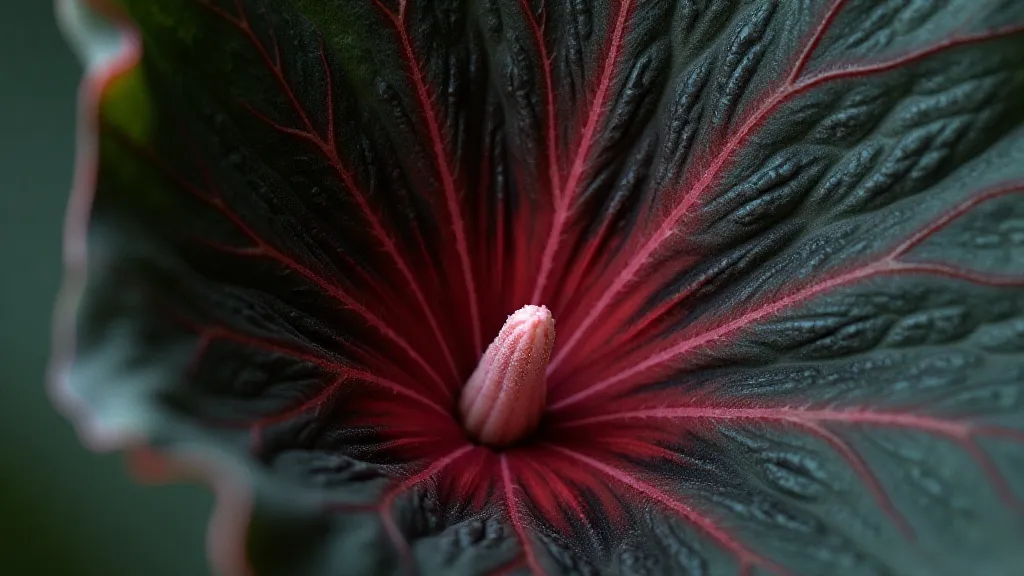
Caring for a Black Velvet Alocasia is a rewarding challenge. With the right conditions and a little patience, you can enjoy the beauty of this demanding but stunning rare houseplant. And if you are inspired to expand your collection with other rare varieties, remember to research their specific needs and consider exploring the diversity of plant life beyond the familiar.
